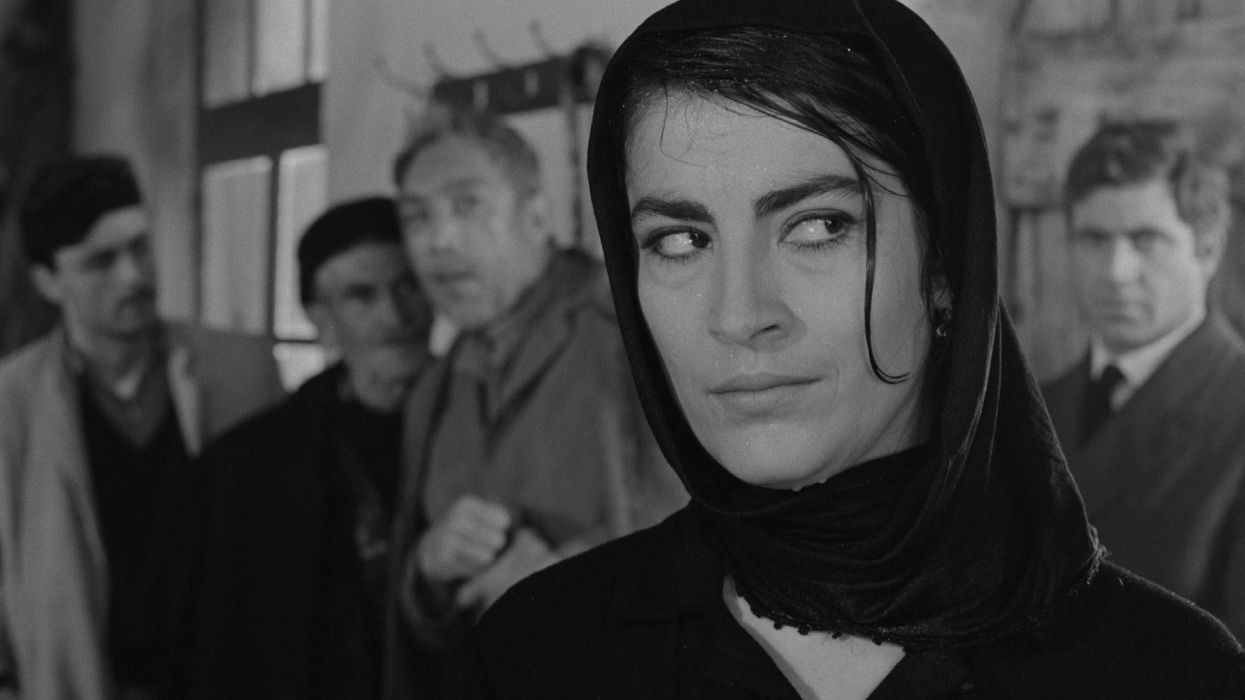RIP Walter Lassally: Oscar-Winning DP of the Free Cinema Movement Left a Legacy of Striking Images
With over 100 camera credits, Walter Lassally made a global mark on cinema history.

Many cinematographers choose to remain behind the camera, speaking to the public through images alone and revealing little of themselves in words. Walter Lassally, who passed away this week at age 90, made an exception to that rule when he published an autobiography titled Itinerant Cameraman in 1987. At the time, he had already become a leading figure in the British New Wave and won an Academy Award for Zorba the Greek, but he still went on to shoot professionally for almost another two decades.
Lassally's life in cinema made for a great book. His father shot industrial films in Berlin, where Lassally was born, until the Jewish family was forced to flee from the growing Nazi threat in 1939. They went to London, where Lassally forewent formal education to get into the film business himself, as a clapper boy at the UK's Riverside Studios. When the studio went bankrupt, Lassally picked up a camera and began to shoot freelance.

A notable facet of Lassally's career was his globally-reaching curiosity and work with international directors. Rather than stay in England, where he had built his reputation, the DP began working with Greek director Michael Cacoyannis in the '60s. The pair made six films together, most famously the aforementioned Zorba the Greek, for which Lassally was awarded his first Oscar for best black-and-white cinematography. His other most fruitful collaboration was with American director James Ivory, who also directed six films shot by Lassally, two of which were filmed in India (Hullabaloo Over Georgie and Bonnie’s Pictures in 1978 and Heat and Dust in 1983.)












